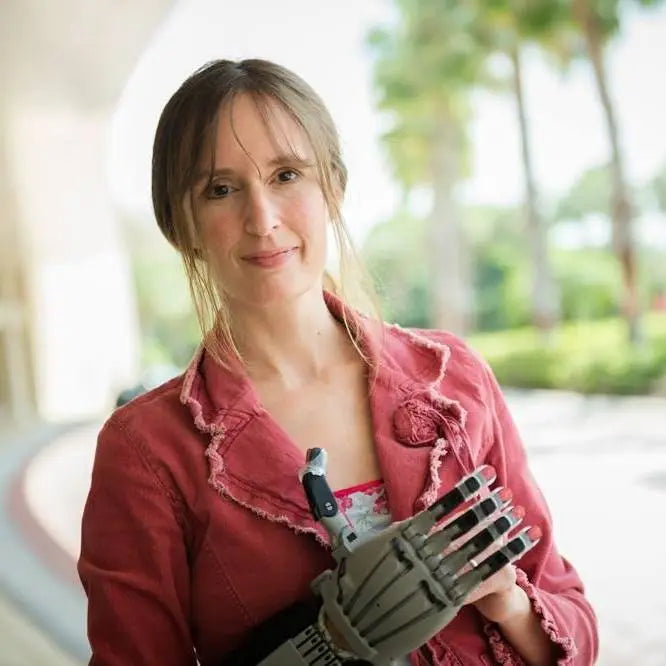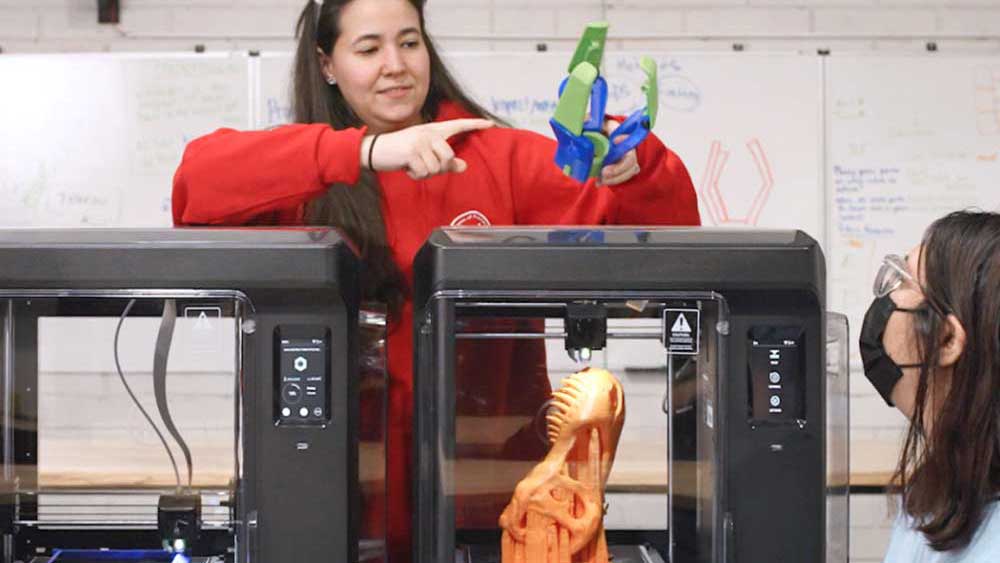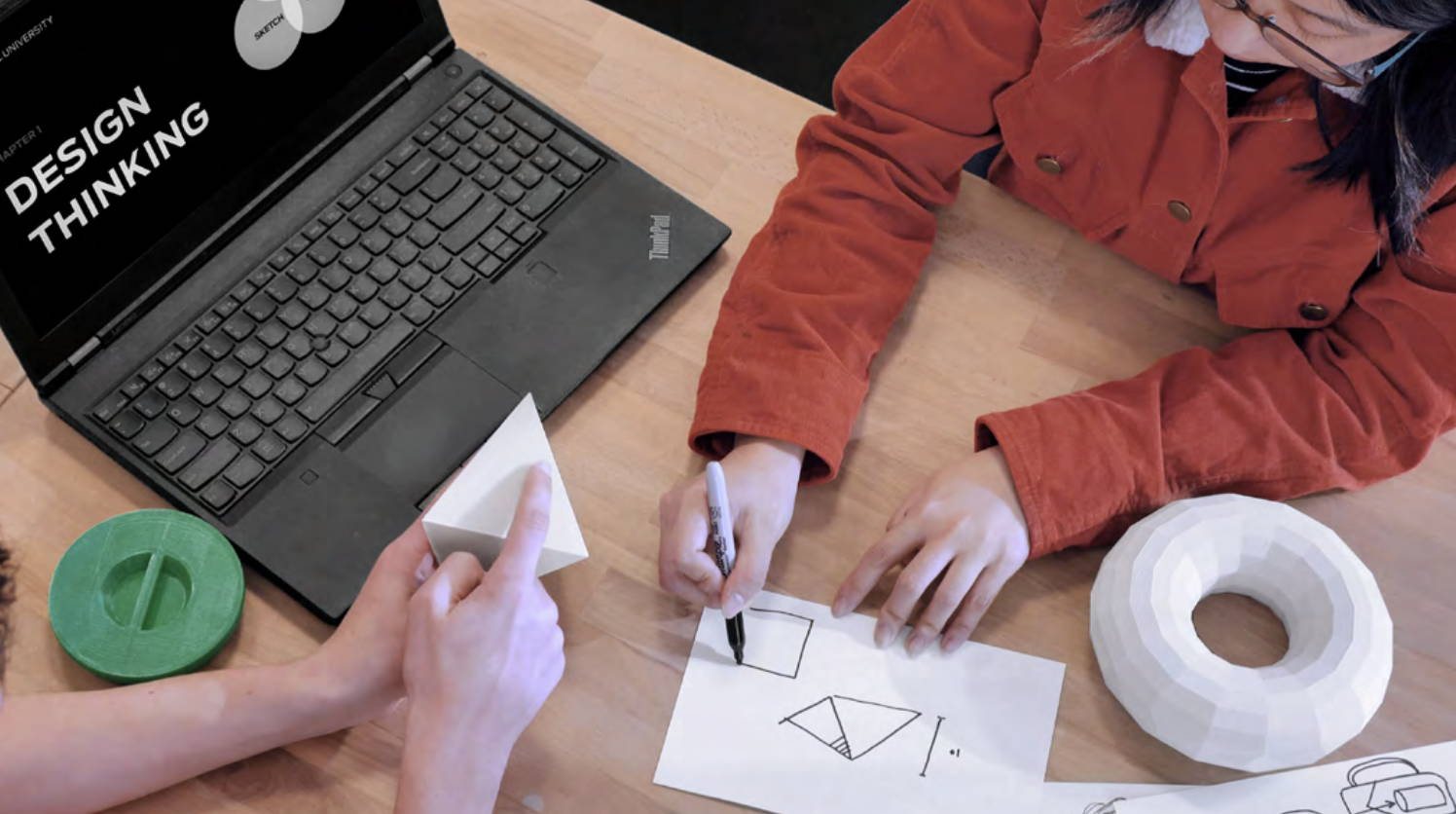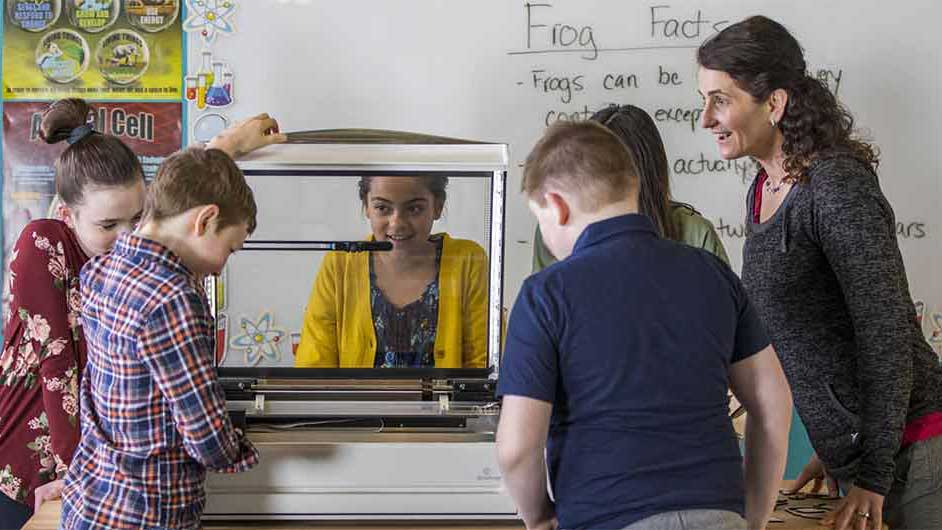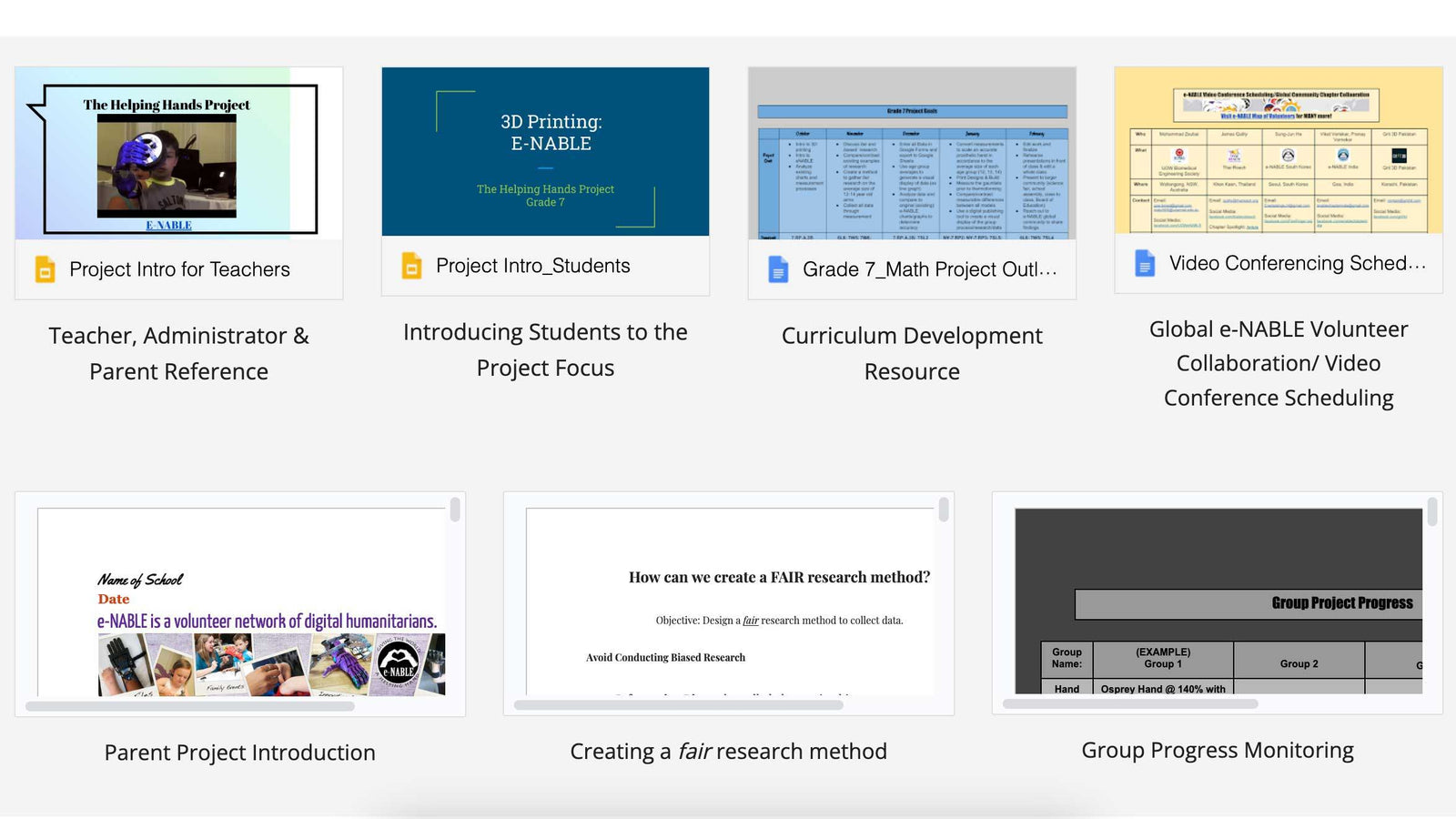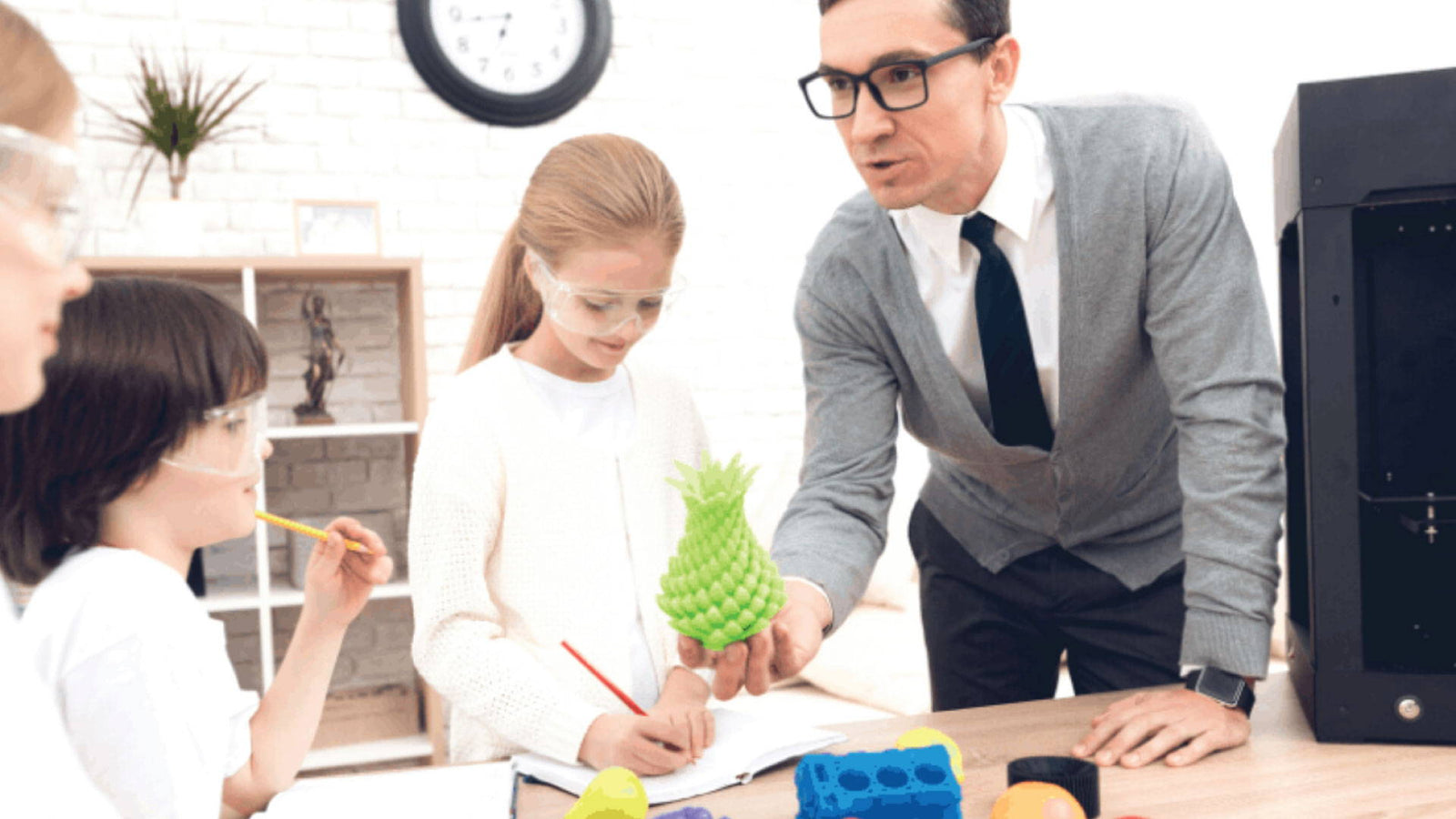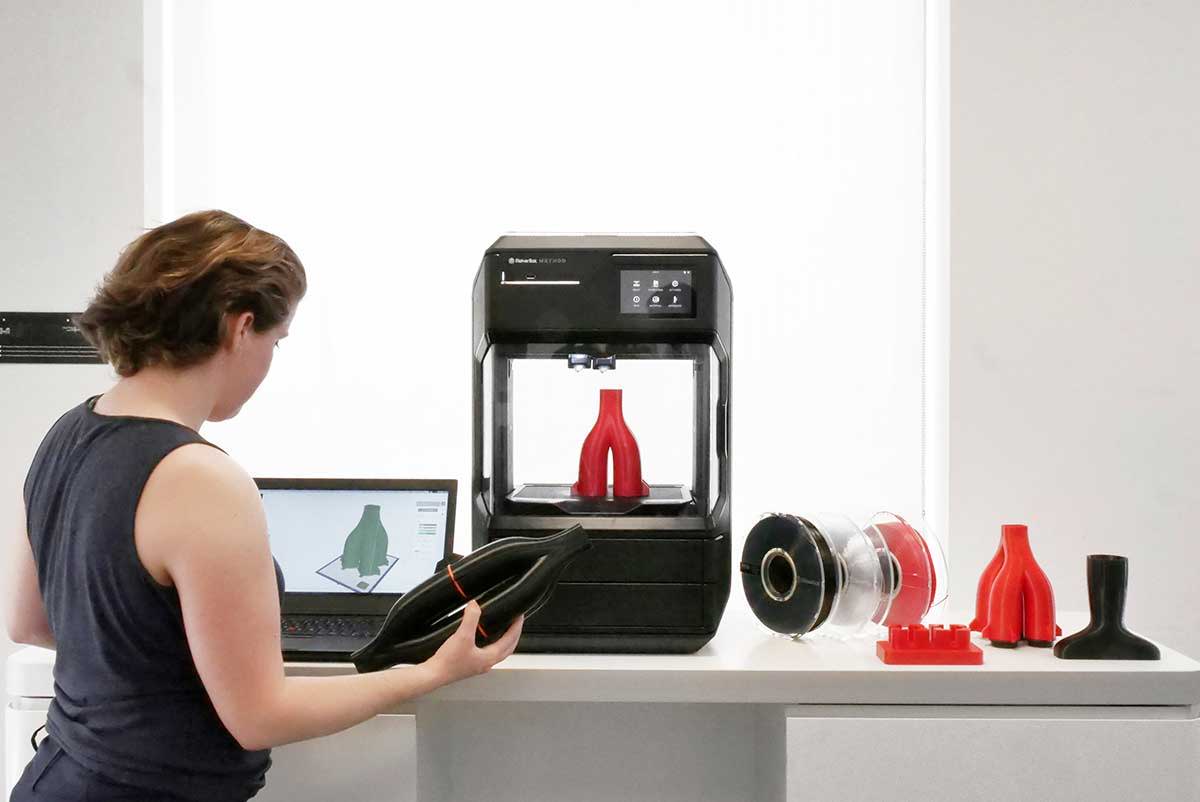Hands-On Education Through Digital Fabrication
June 08, 2023

Remember when you were in elementary school and hands-on learning was a part of your daily routine? Most of us loved those days where we spent the majority of our time in the classroom “learning by doing” and exploring our world with our hands and senses and sometimes to our teacher's dismay…our whole bodies.
Our hands were always covered in paint. Every Friday, we were touching and passing around whatever weird thing that “Billy” found in his grandpa's old barn for show-and-tell. We were trying to pretend it wasn't us that just accidentally launched the model of the solar system across the room while trying to see if the rings of Saturn were removable. We were learning by actively using all of our senses.
Many of us realized as we moved through to middle school and high school that we were “doing and experiencing” less in the classroom and “listening and watching” more (or at least until we fell asleep with our noses stuck in our Trapper Keepers).
As we moved up in grade levels, we transitioned from getting to physically interact with what we were learning about, to simply listening to lectures, reading from textbooks and watching powerpoint presentations with copious amounts of information that we were required to memorize and absorb.
For some students who learn better through auditory stimulation, traditional classroom settings are not a struggle. For tactile and kinesthetic learners who rely on being able to see an object, feel and explore with their hands or who are natural “doers,” – this sometimes leads to a loss of interest in learning and difficulty retaining information. They need to be actively engaged in order to fully process a concept.
Hands-on Learning Opportunities Through Digital Fabrication In The Classroom

Now, thanks to the introduction of digital fabrication into education, schools all over the world are exploring the use of 3D printers, laser cutters and even vacuum forming machines as tools in their science, math, and engineering-based learning classrooms. Teachers are also finding ways to use this technology to give their students more opportunities to increase the amount of hands-on learning in a variety of other subjects.

For years, there were very few opportunities for this type of learning in most of our core classes.
While we were getting to have a variety of hands-on learning opportunities in our science labs by dissecting frogs and cause mild explosions or learning how to avoid sewing through the side of our thumbs in home economics, we were very limited in any kind of tactile learning possibilities in our other subjects like history or language arts.

Students Are Learning By Doing
Thanks to 3D printers and laser cutters being introduced into schools, teachers can take their students outside of their textbooks and lecture halls and bring their subjects to life in a way that provides a much deeper level of understanding for many of their pupils. Students who thrive on hands-on learning opportunities that allow them to “learn by doing” and who struggle with the traditional classroom setting are finding that they are more excited to learn than ever before.
Instead of just reading about ancient artifacts, ruins or characters from history and myths in their textbooks, teachers and their students can now produce 3D models that they can hold and turn over to explore, right there in the palm of their hands.

During a study examining the use of 3D printing technology by teachers and students in four middle school history and social studies classrooms, researchers found that “by focusing on active learning, problem-solving, design-based thinking, and collaborative group work, 3D design activities altered longstanding patterns of teacher-centered presentations to students who were expected to passively receive and remember information. Students endorsed the modeling and printing experience, noting that creating designs and objects helped them remember people and events more specifically.”
It is very evident that digital fabrication in our classrooms is providing more in-depth learning experiences for students. This technology is also giving teachers an invaluable tool to use in order to reach those students who may struggle in a traditional learning environment.
Digital Fabrication Educational Resources
Opportunities for 3D printing in K-12 Education
Get started with 3D printing in the classroom
Dremel Digilab Lesson Plans
Dremel Maker Projects
Thingiverse Education
Lasercut projects – Thingiverse
Tinkercad
Which CAD software is available?
We are excited to see more schools bringing 3D printing and laser cutting projects into their classrooms. If you are interested in learning more about how to get started with digital fabrication in your schools please email us at info@3duniverse.org.
3D Universe is on the approved vendor list for a large number of institutional clients ranging from K-12 schools and libraries to non-profits and Ivy League Schools. We offer a competitive Educational Discount to organizations that qualify. Discounts apply to all 3D Printers, Filaments and Accessories. Visit our website for more information.
“If we teach today as we taught yesterday, we rob our children of tomorrow.” – John Dewey
